SEBI’s New Deposit Flexibility: What It Means for Retail Research Quality.
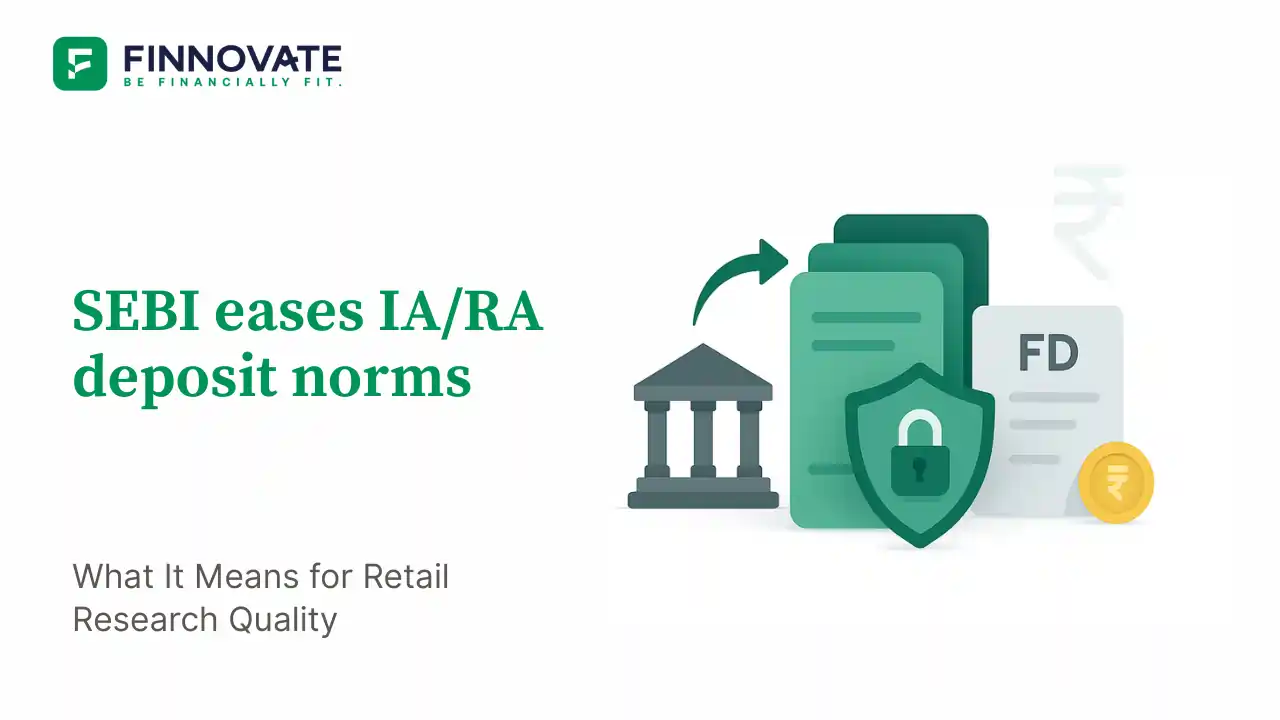
By

What’s new: SEBI now allows Investment Advisers (IAs) and Research Analysts (RAs) to meet their mandatory deposit requirement not just via bank fixed deposits but also through units of liquid mutual funds or overnight mutual funds. These units (or the bank FD) must be lien-marked in favour of IAASB/RAASB (BSE Ltd.), and entities must be compliant by September 30, 2025.
Under Regulation 8 of the IA and RA Regulations, the deposit size scales with client count. Latest guidelines show the following slab (same structure used for IA and RA frameworks):
Why the deposit exists: It’s a prudential buffer, lien-marked to the supervisory body, and can be invoked to settle eligible dues arising out of dispute-resolution outcomes where an entity fails to pay.
SEBI allows either units of liquid/overnight MF or a bank deposit. The circular doesn’t bar a combination; expect IAASB/RAASB workflow to confirm operational handling.
Regulation 8 ties the slab to max clients on any day in the previous FY; review annually (and top up if needed).
SEBI designated BSE Ltd. as IAASB/RAASB; lien is in favour of these bodies. They must implement the system and notify all registered entities.
Disclaimer: This article is for general information on the SEBI circular dated Aug 12, 2025; it is not a recommendation, solicitation, legal opinion, or compliance directive. Please rely on official SEBI/BSE documents and your compliance team before acting.
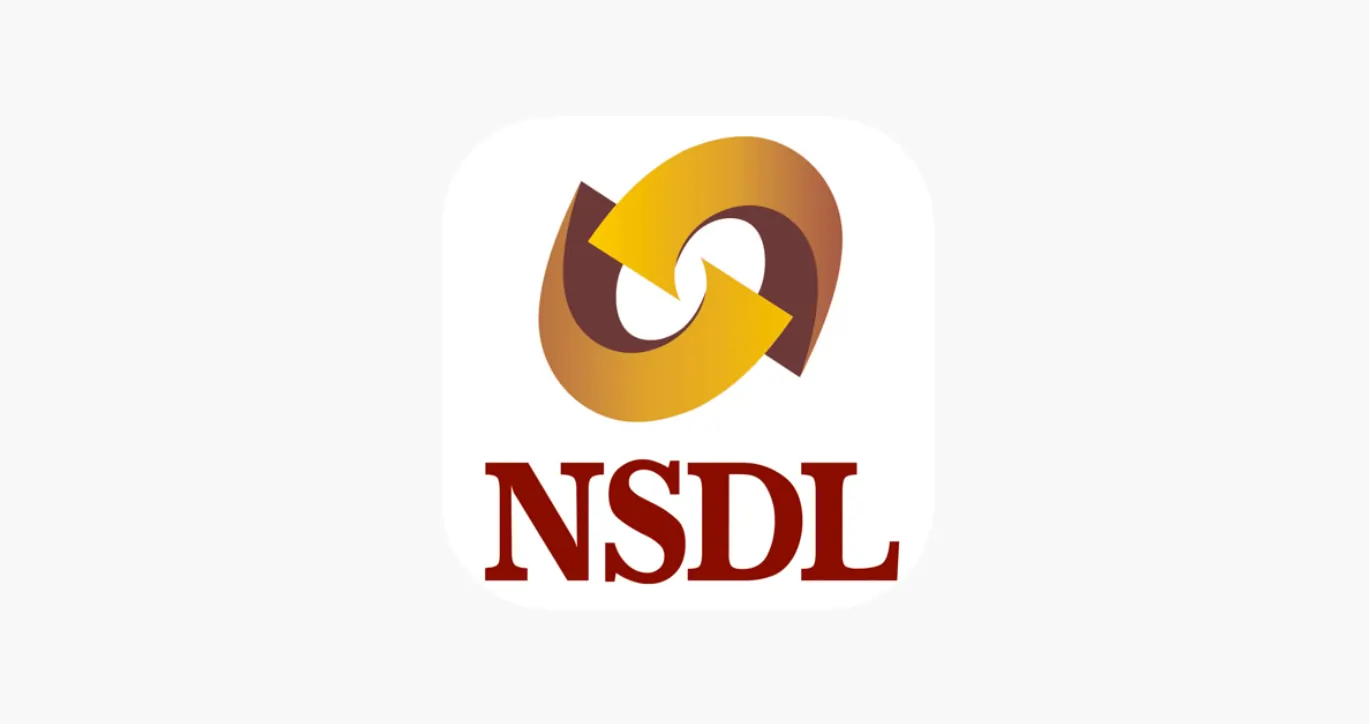
Learn how to easily download your NSDL CAS Statement in PDF format with our step-by-step guide. Follow our instructions to log in to NSDL e-Services, download your account statement, and subscribe for
Read Full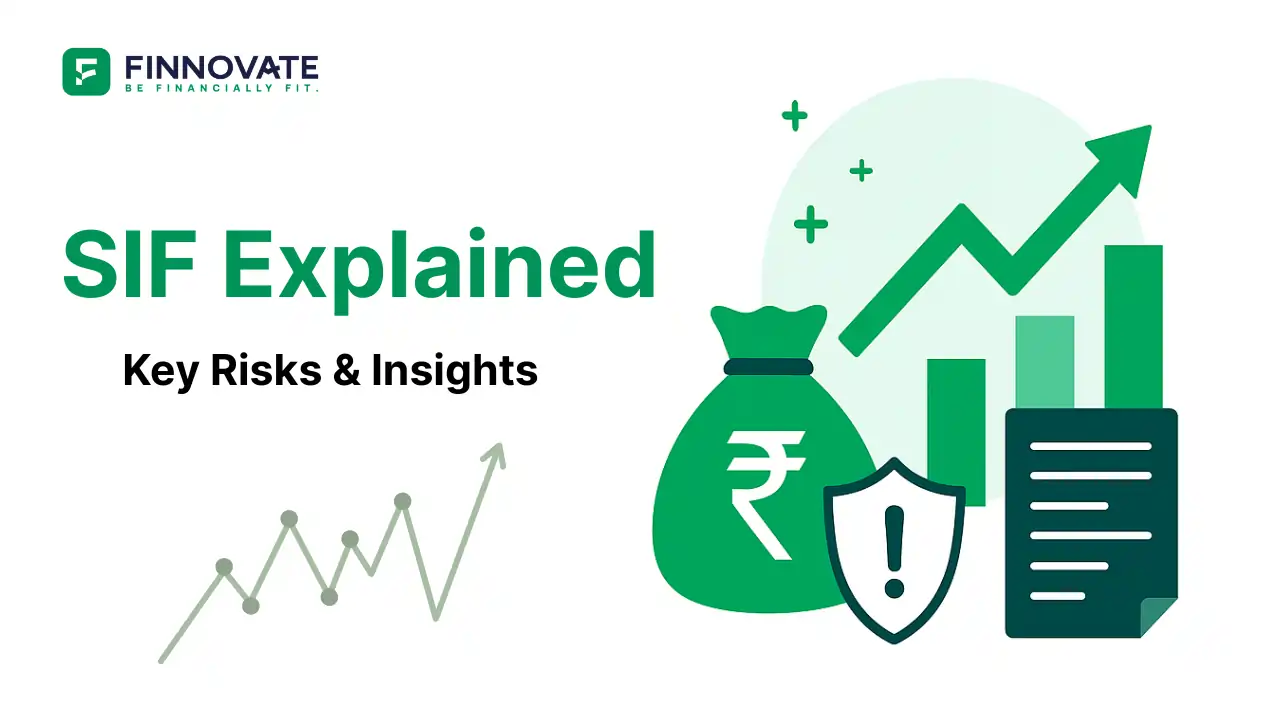
Explore what Specialised Investment Funds (SIFs) are, their benefits, taxation, minimum investment, how to invest, how they compare with mutual funds and PMS and latest developments in SIF space
Read Full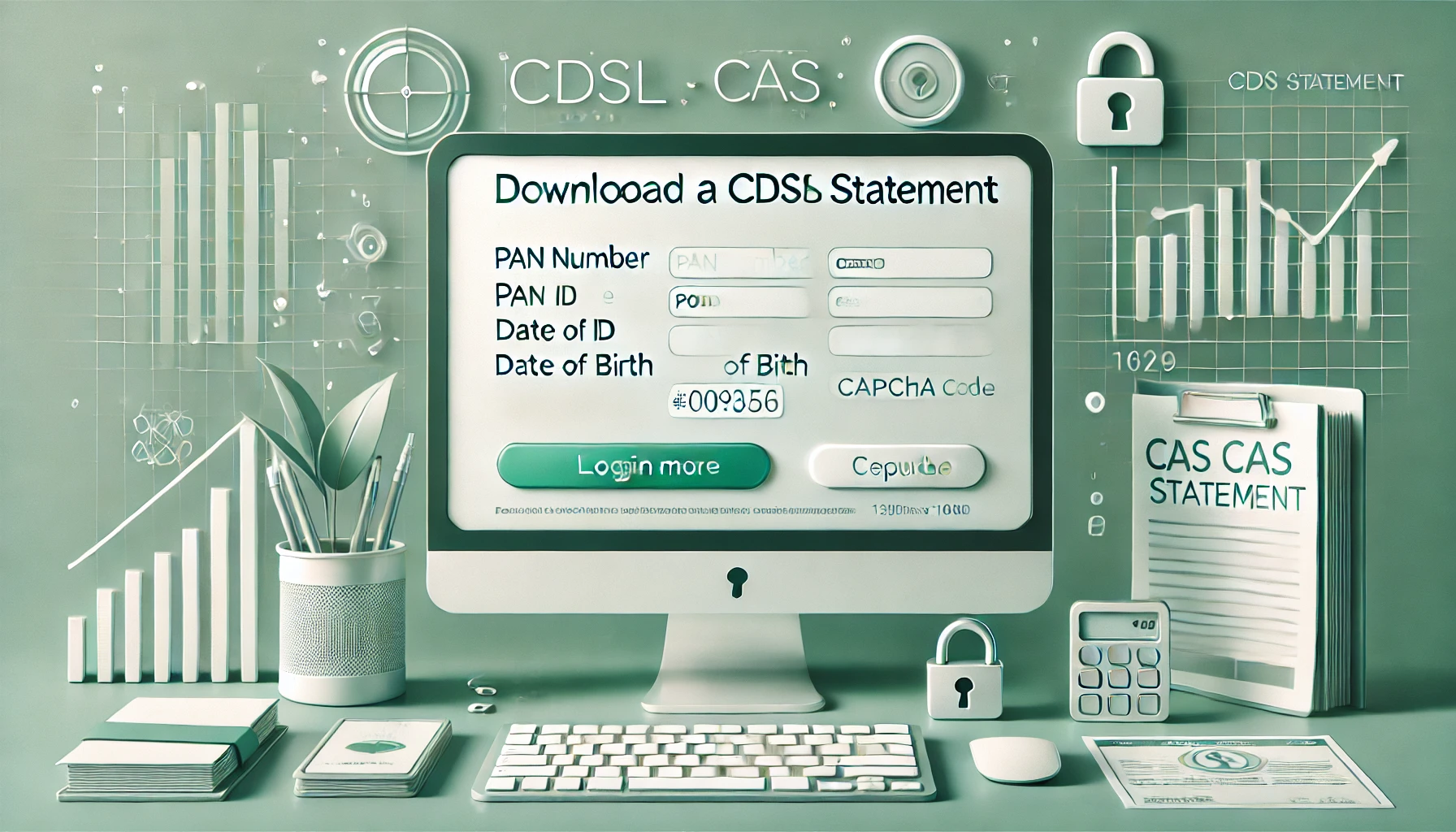
Learn How to Download Your CDSL CAS Statement with our step-by-step guide. Easy instructions for accessing your investment details online.
Read Full
Analyzing the potential economic impact of the 2025 India-Pakistan conflict on India's GDP growth, manufacturing sector, and foreign investment.
Read Full
Looking for the best financial freedom books? Here’s a handpicked 2025 reading list with summaries, why to read, and who it's best for.
Read Full
Clear guide to mutual fund taxation in India for FY 2025–26 after July 2024 changes: equity STCG 20%, LTCG 12.5% with ₹1.25L exemption, debt/hybrid rules, dividends, examples, tables, and FAQs.
Read Full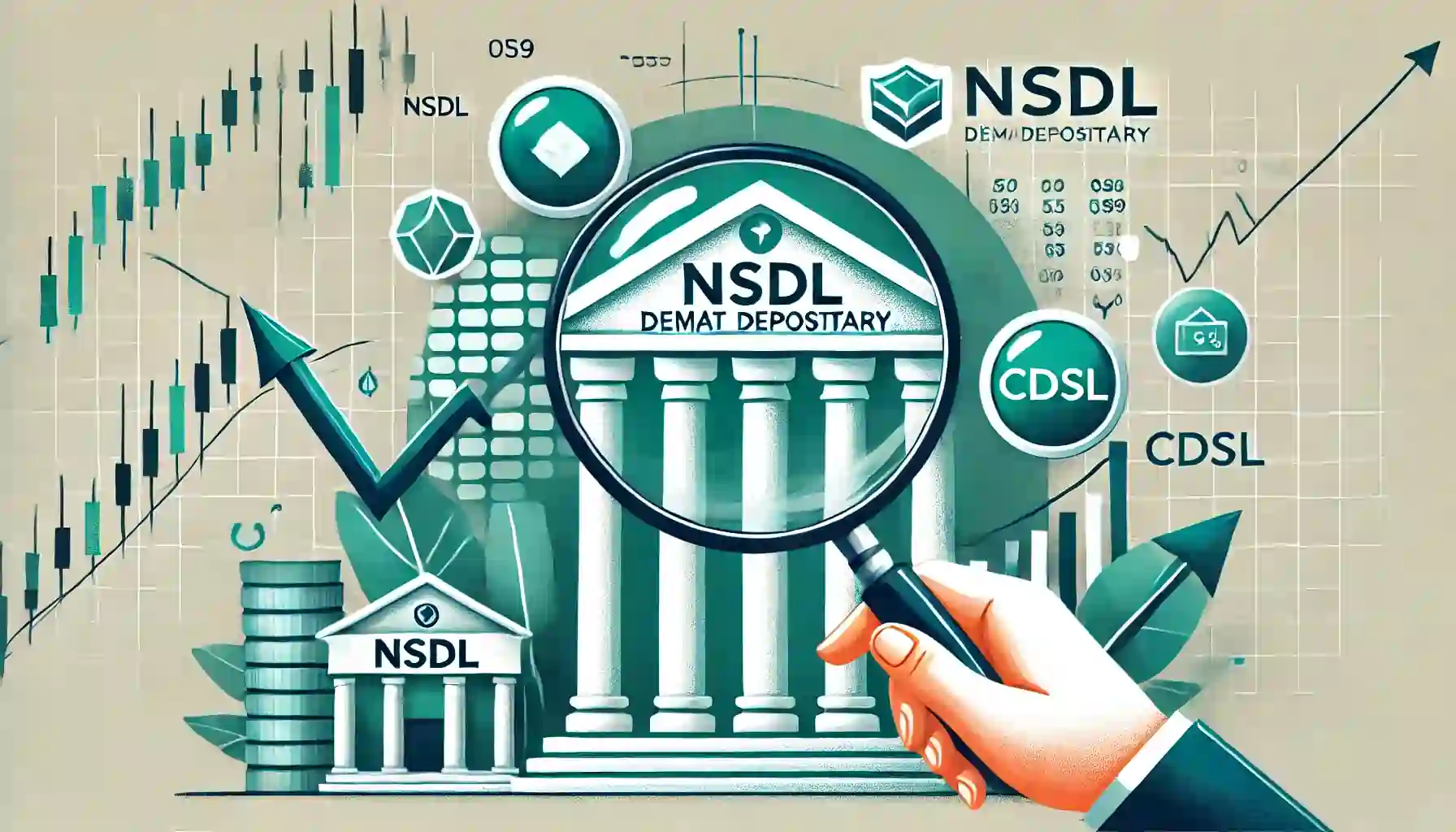
Determine if your Demat Depositary (DP) is NSDL or CDSL easily. Follow our guide to check using broking platforms or Demat account number formats
Read Full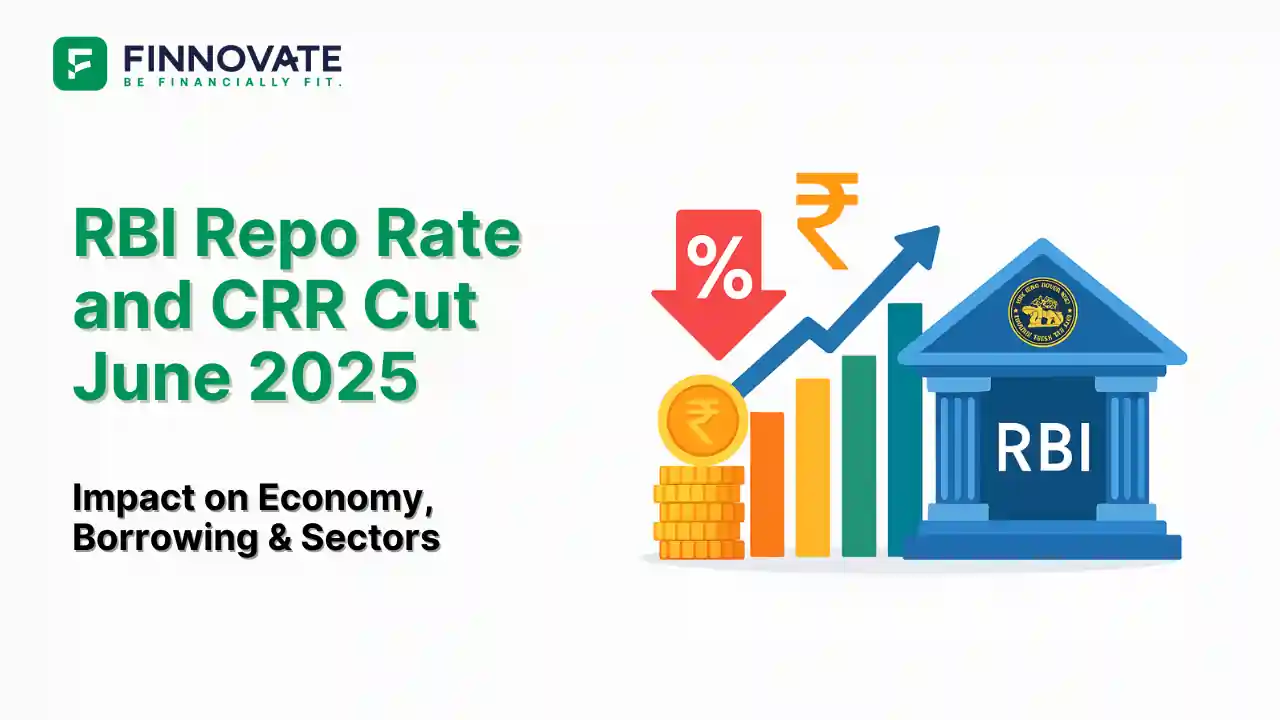
RBI cuts repo rate by 50 bps and CRR by 100 bps in June 2025 to boost growth. Learn how it impacts inflation, borrowing, sectors, and market trends.
Read Full